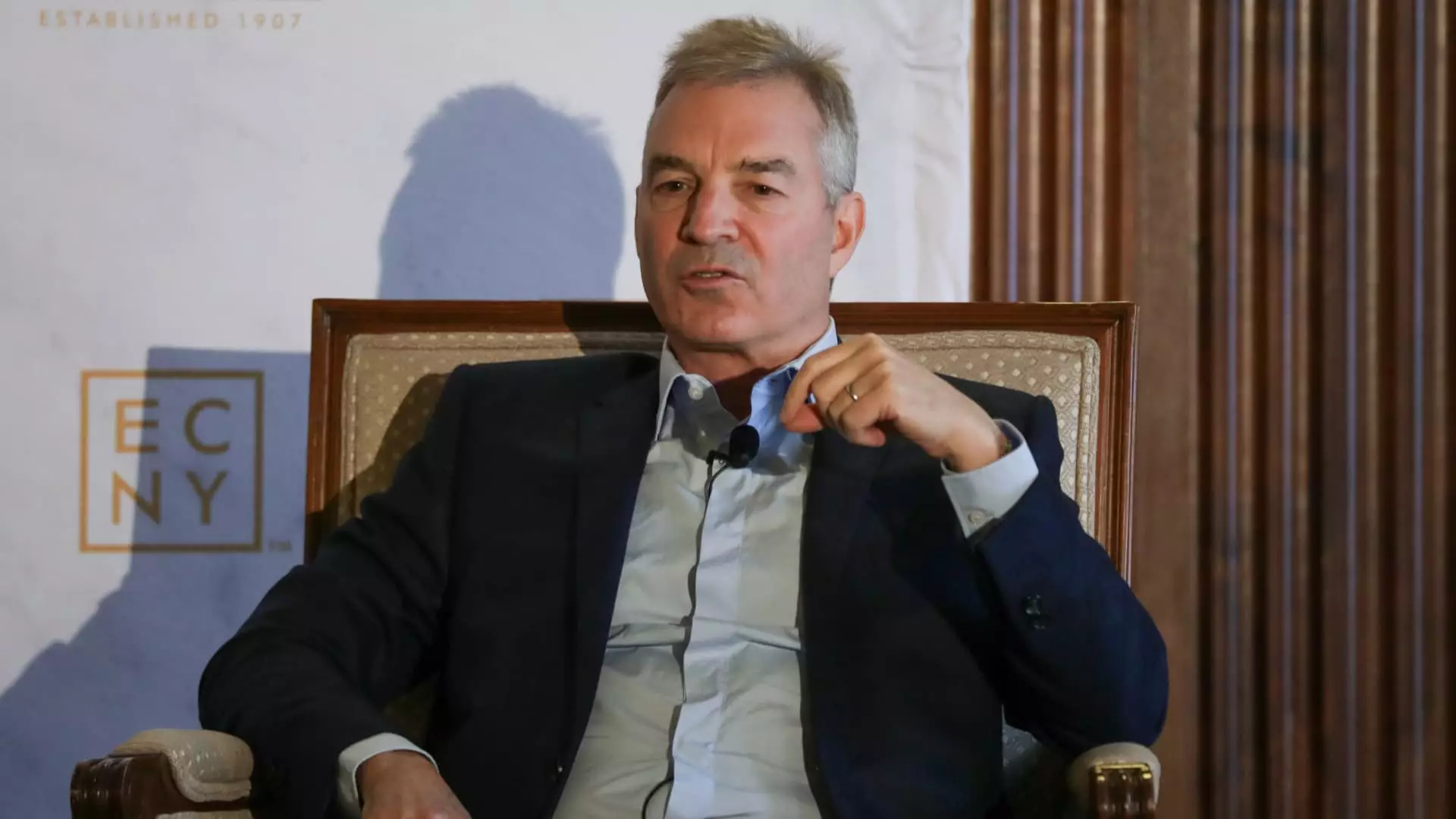As Daniel Loeb marks the 30th anniversary of his hedge fund, Third Point, his focus has shifted dramatically towards the burgeoning field of artificial intelligence. In a financial climate characterized by rapid technological advancement, with firms scrambling to capitalize on AI, the old adage of “adapt or die” has never rung truer. Loeb himself articulated this sentiment at a recent investor day, emphasizing that the stakes have never been higher: “You’ll either be a beneficiary of AI or AI roadkill.” This stark binary underscores the necessity for investors to be agile, shedding outdated paradigms in favor of a forward-thinking approach.
The urgency embedded in Loeb’s message reflects the challenges facing all portfolio managers today. The traditional methods of investment are rapidly becoming obsolete as entire industries face revolutionary changes brought on by AI. Those who resist adaptation are at genuine risk of being relegated to the sidelines, watching as their more nimble counterparts seize the burgeoning opportunities.
Loeb’s Evolution into an AI Bull
What sets Loeb apart from his peers is his transition from a reputation built on activist investing to establishing himself as a fervent supporter of AI. Over the last years, he has increased his fund’s AI exposure to a staggering fifty percent of its total equity portfolio—an unconventional leap that speaks volumes about his conviction in the technological future. Companies like Meta, Nvidia, Microsoft, and Amazon—once seen as ‘legacy’ firms—have become essential players in his investment strategy. Loeb plans to maximize returns not just from tech titans but also from up-and-coming innovators like the London Stock Exchange Group and Taiwan Semiconductor Manufacturing.
His belief in the competitive edge these companies hold illustrates a broader trend in Wall Street, where firms are increasingly converging on AI as a key growth driver. It’s a radical pivot from traditional metrics, and those who cling to antiquated methods may well find themselves outpaced. For investors, this perspective compels a reevaluation of risk and reward, paving the way for a new wave of investment strategies.
Lessons from Three Decades of Investing
The journey that got Loeb and Third Point to where they are today is lined with trials and triumphs. From a modest start with just $3.2 million from friends and family to managing over $20 billion, Loeb’s ascent is a testament to resilience and adaptability. Over the years, he has navigated market downturns, including the dotcom crash and the financial crisis of 2008. These experiences have seemingly equipped him with a unique ability to recognize long-term value amid tumultuous conditions.
Loeb opines that despite the current uncertainty in the market, a silver lining exists for discerning investors. His predictions for 2026 bring some optimism, suggesting that those who select quality growth companies at reasonable valuations stand to benefit significantly in the long run. His confidence in the enduring need for substantial investment in quality is not only welcome; it is essential for those willing to take calculated risks. The lesson here is stark: those who venture thoughtfully into uncharted territory could reap immense rewards.
Strategic Opportunities for Investors
Further showcasing his strategic acumen, Loeb disclosed his recent decision to re-enter a position in U.S. Steel, believing it well-positioned for a deal with Nippon Steel. This illustrates a critical aspect of Loeb’s philosophy: strategically timed investments can yield substantial dividends. The anticipated acquisition price of $55 per share serves as a reminder of how rapidly markets can shift and how the right insights can lead to timely rewards.
The narrative surrounding U.S. Steel aligns with Loeb’s belief that the economic landscape is ripe for judgement, favoring those who possess both foresight and the willingness to act decisively. His approach to emerging market dynamics further reiterates the need for an adaptable investment framework, one that can capitalize on pertinent trends without getting bogged down by the minutiae of conventional methodologies.
The Dichotomy of Winners and Losers
In a provocative analysis, Loeb suggests that the next few years will reveal a clear divide between market winners and losers, dictated largely by adaptability to the forces of AI. This perspective will be crucial for investors navigating this new terrain; those who engage proactively with AI will likely soar while those who resist transformation may face dire consequences. As the financial landscape becomes more volatile, the investment community must embrace technology as both a tool and a determinant of success.
In sum, Daniel Loeb’s evolving strategy at Third Point reflects a profound understanding of the present and future of investing. The imperative to adapt is a clarion call for all investors—or risk being left behind in the relentless march of technological advancement.

